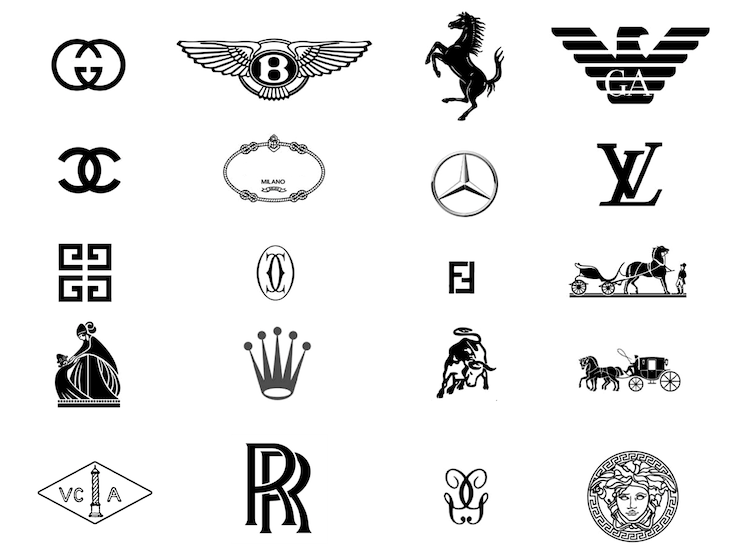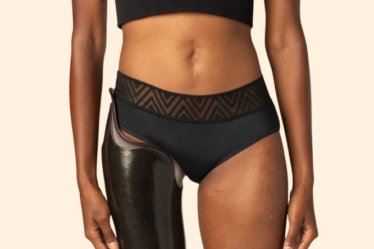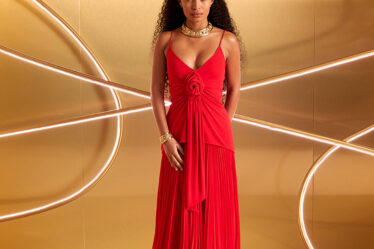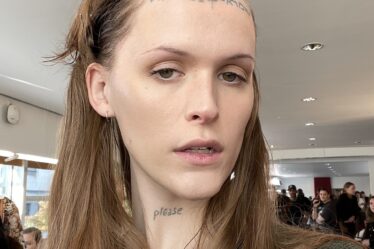
More than 75% of customers in the US say that a brand’s logo is the most important identifier of a company. This is even more true for luxury brands as their logos are some of the most recognised symbols globally.
So, luxury brands should prominently display their logo, shouldn’t they? Our recent research suggests otherwise.
In 2023, fashion’s biggest influencers and brands took to the “quiet luxury” trend. This trend refers to a more low-key approach to luxury where people favour subtlety and quality over prominent brand display.
For visual reference, consider the billionaires featured in the popular HBO series, Succession. They opt for tailored, functional attire that is devoid of conspicuous logos and excessive brand names.
This article is part of Quarter Life, a series about issues affecting those of us in our twenties and thirties. From the challenges of beginning a career and taking care of our mental health, to the excitement of starting a family, adopting a pet or just making friends as an adult. The articles in this series explore the questions and bring answers as we navigate this turbulent period of life.
You may be interested in:
Four ways to tell the designer fashion items worth investing in from the ones that aren’t
How to make your clothes last longer – it’s good for your bank account and the environment too
Succession has been influential in amplifying the quiet luxury trend. But the luxury market has been undergoing change for some years, partly as millennials and gen-Z become the main customers of luxury brands. These consumers demand that luxury brands are more sustainable and inclusive, contributing to the resurgence of quiet luxury.
Read more:
Can luxury fashion brands ever really be inclusive?
The shift towards quiet luxury presents a dilemma for the luxury fashion sector. Some brands, such as Balenciaga, Burberry and Louis Vuitton, flaunt their logos conspicuously on almost every product. Other brands, including Hermes and Bottega Veneta, instead opt for muted prestige.
But what is the right strategy for luxury brands when it comes to displaying their logos? Our findings suggest that prominent logo displays often backfire, making brands seem inauthentic and less cool. This strategy turns fans of the brand away, potentially reducing its market share.

Leandro Fernández/Medium, CC BY-NC-SA
Prominent brand display
We found that prominent logo display discourages consumers both from buying items from luxury brands and from sharing images of these luxury items on social media.
These findings held true in three distinctly different cultural contexts – for customers in the UK, Turkey and China. On average, purchase intentions decreased by almost 19% and social media sharing reduced by 17% when logos were displayed prominently.
Many customers considered luxury items from brands that use big logos as not genuine or true to their roots. They also thought that prominent logo display reduced exclusivity, glamour and the brand’s sophistication. Our results show that UK customers’ perceptions of authenticity and coolness reduced by more than 10% when a luxury brand decided to use prominent logos.
Our study also uncovered another unique insight. In the past, research has shown that customers who are strongly connected to a luxury brand tend to defend the brand when it is rejected by social peers. However, we found that those same consumers react negatively when the brand uses loud displays.
Luxury brands are often used to signal social class, prestige and upward mobility. Buyers of luxury fashion thus seek to express their identities through these brands. But when logos are too prominent, they undermine the brand’s coolness and authenticity, diminishing the fan’s desired image of being genuine and original.
The quiet luxury revolution
Research shows that the relationship between price and brand prominence is an inverted U-shape. Brands with lower prices use smaller logos and, as the price increases, logos become bigger and more visible. Beyond a certain price point the logo’s presence decreases and gradually becomes quiet.
But major shifts are underway in the luxury fashion industry. And minimalist, logoless style is making a comeback.
Experts suggest that the quiet luxury trend is almost always connected with financial crises. The global financial crisis of 2007/2008, for example, led to a shift towards understated luxury in the fashion industry. Quiet, subtle designs came to the forefront rather than loud, ostentatious displays of wealth.
As people struggle to make ends meet during the current cost-of-living crisis, quiet luxury is re-emerging on the scene.
The brand prominence dilemma
Prominent brand displays are, however, not shunned by everyone. Greater brand prominence is preferred by wealthy newcomers to the upper class, who are known as “parvenus”.
Research suggests that these people prefer more visible logos to signal their status and align themselves with the old money elite. A parvenu could be an artist or musician who has suddenly struck gold with their work.
People who are not rich but want to climb the social ladder (“poseurs”) also opt for more prominent brand displays. These people resemble struggling social media influencers who fake their wealth.
So, what should luxury brands do? They should carefully consider prominent logo display strategy and its implications for their brand’s authenticity and coolness – especially among the brand’s most loyal customers. Their carefully crafted image of a luxury brand may otherwise suffer.
As it turns out, a whisper can speak louder than a shout.



